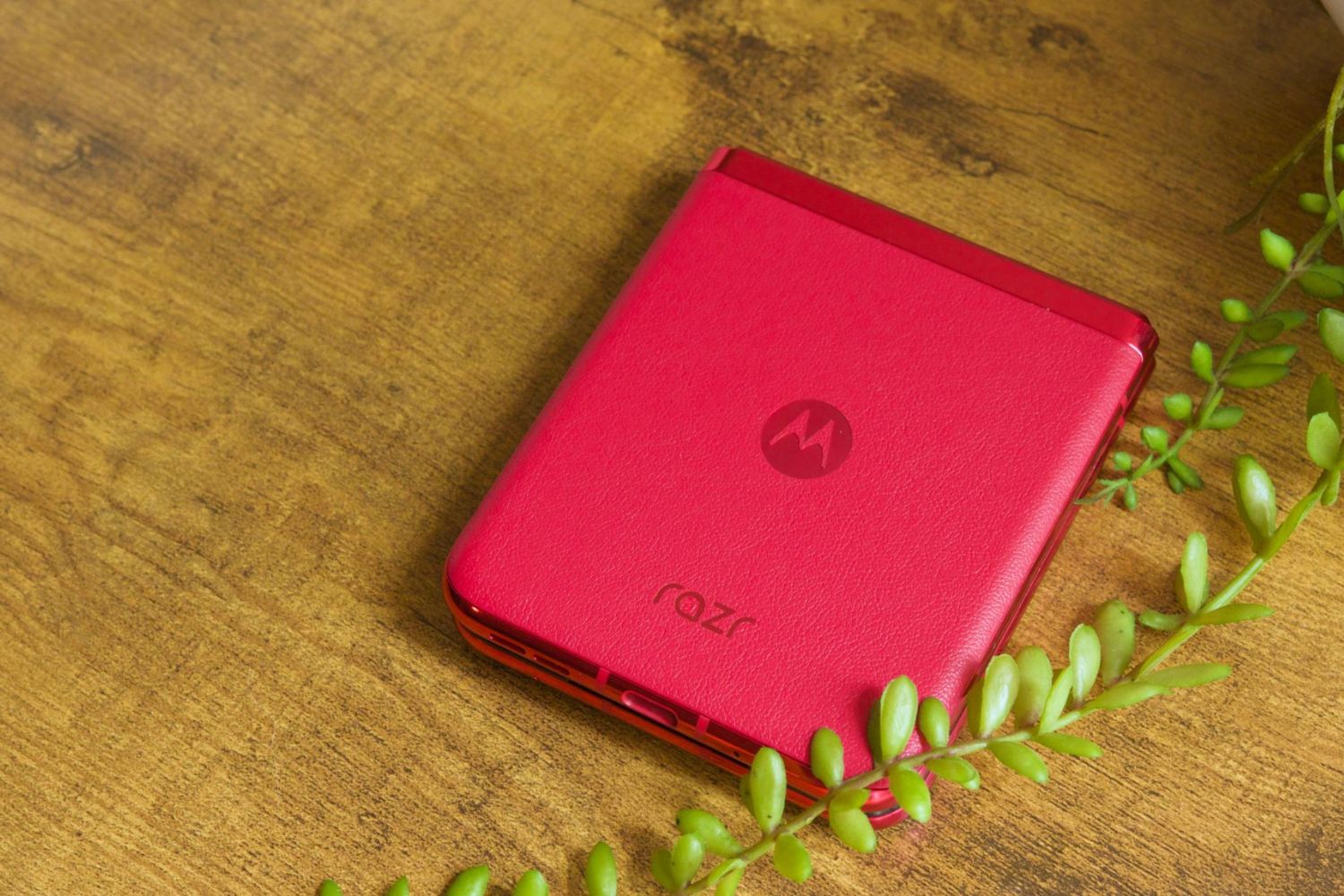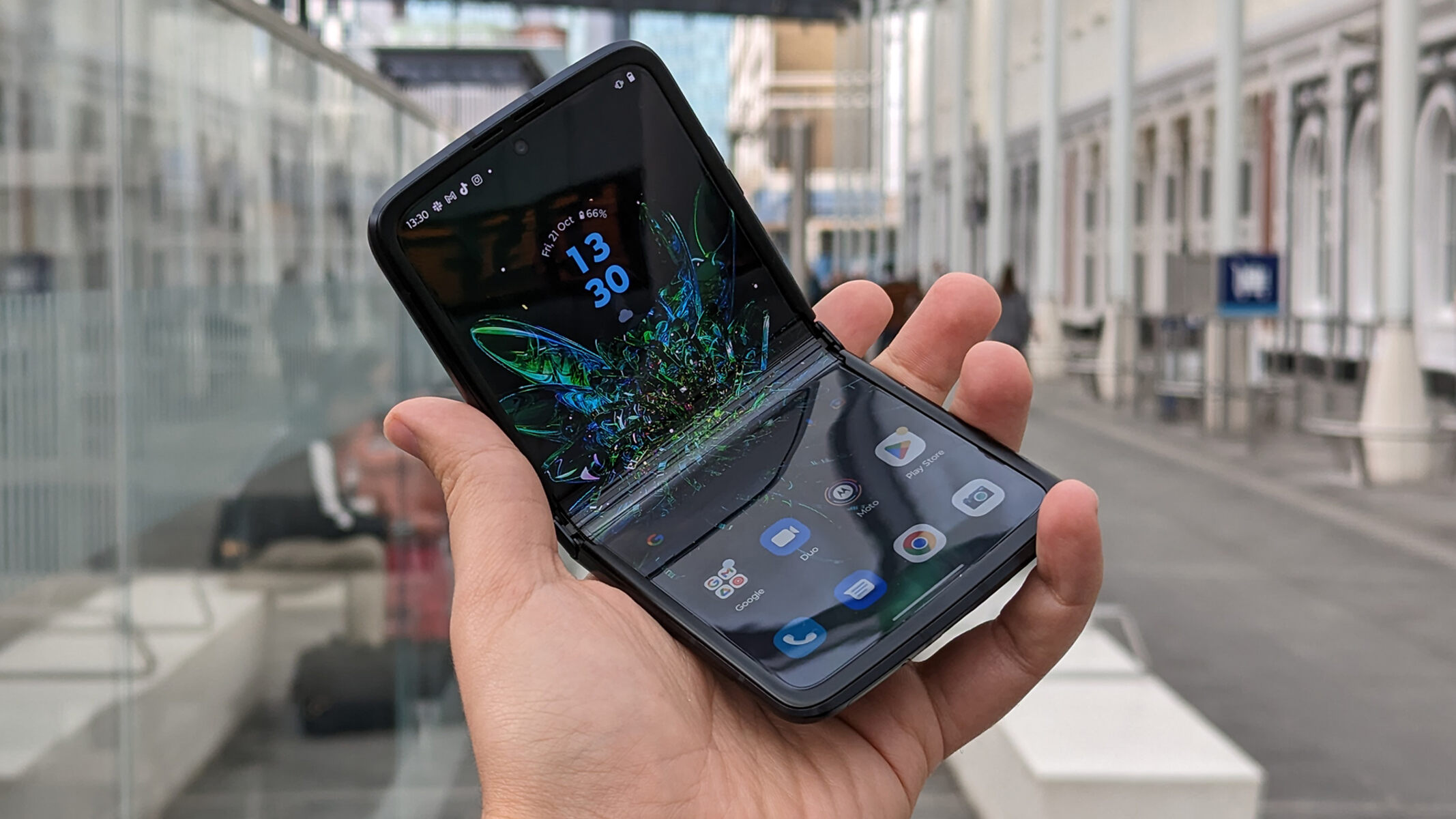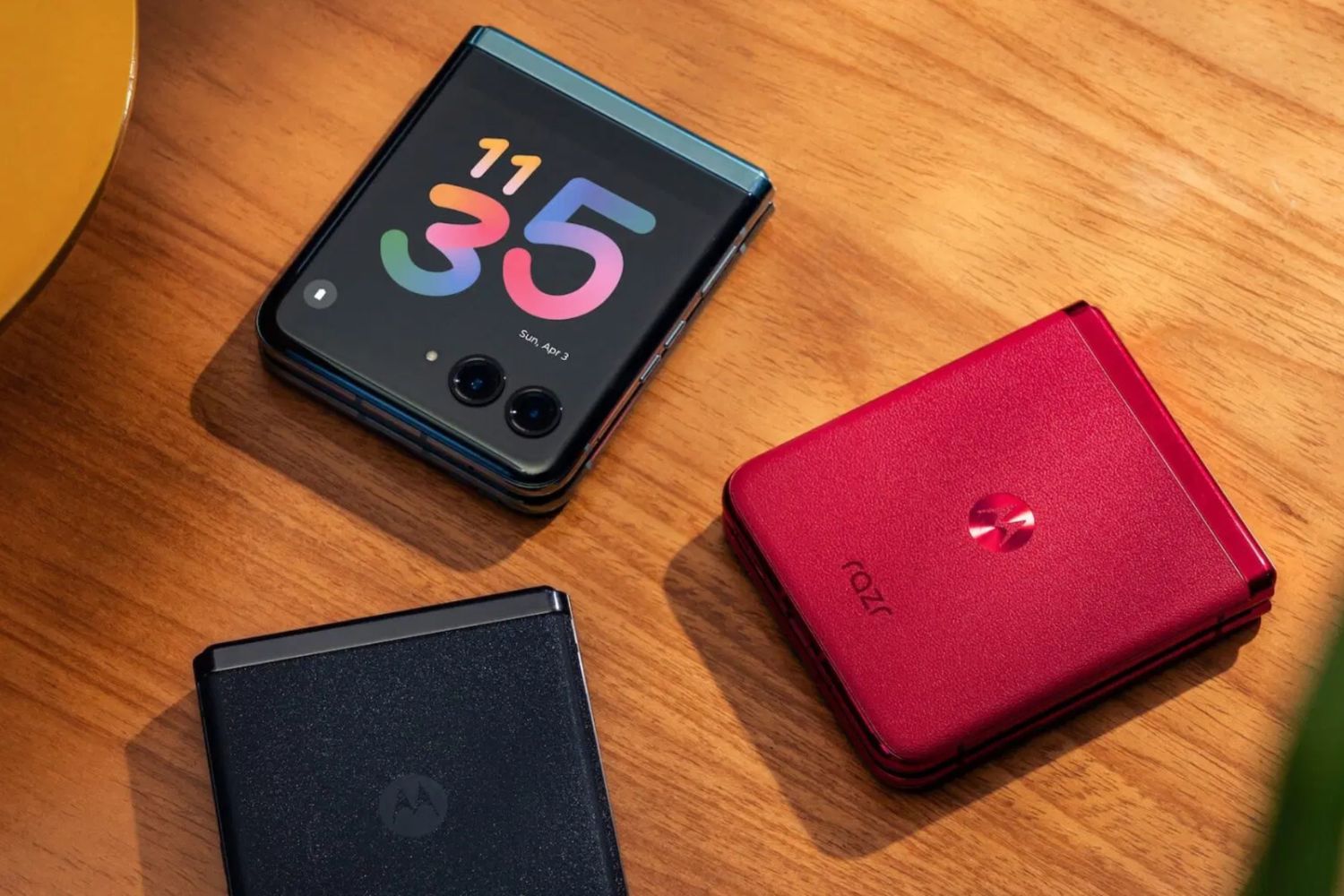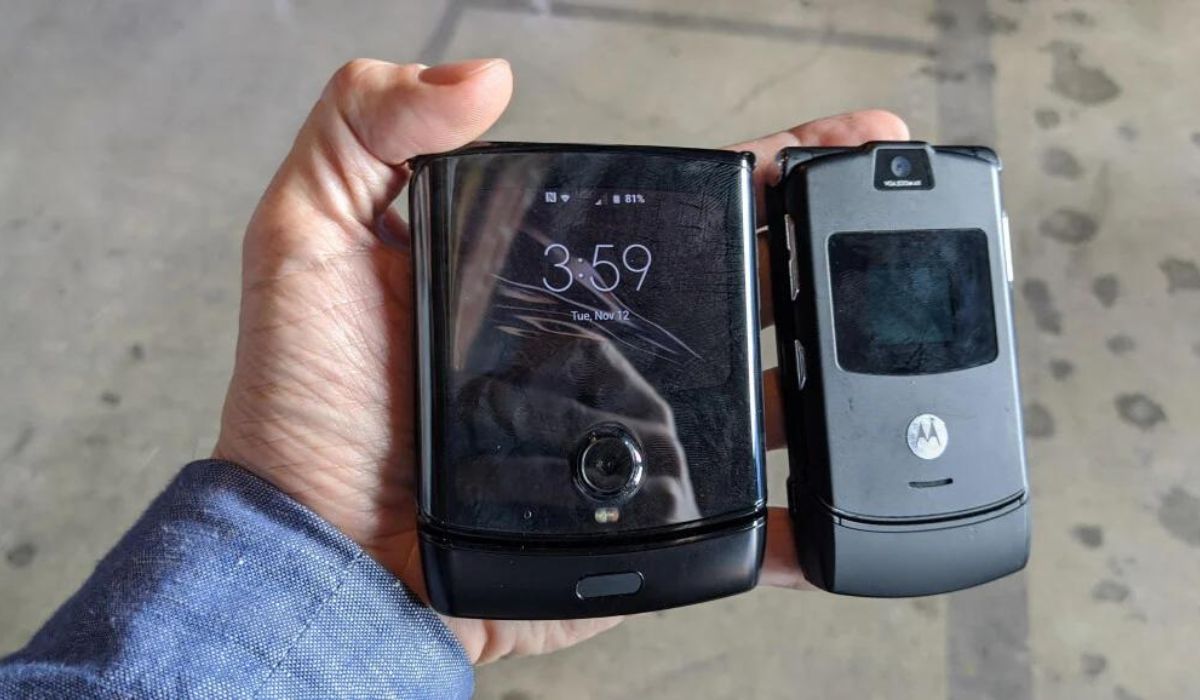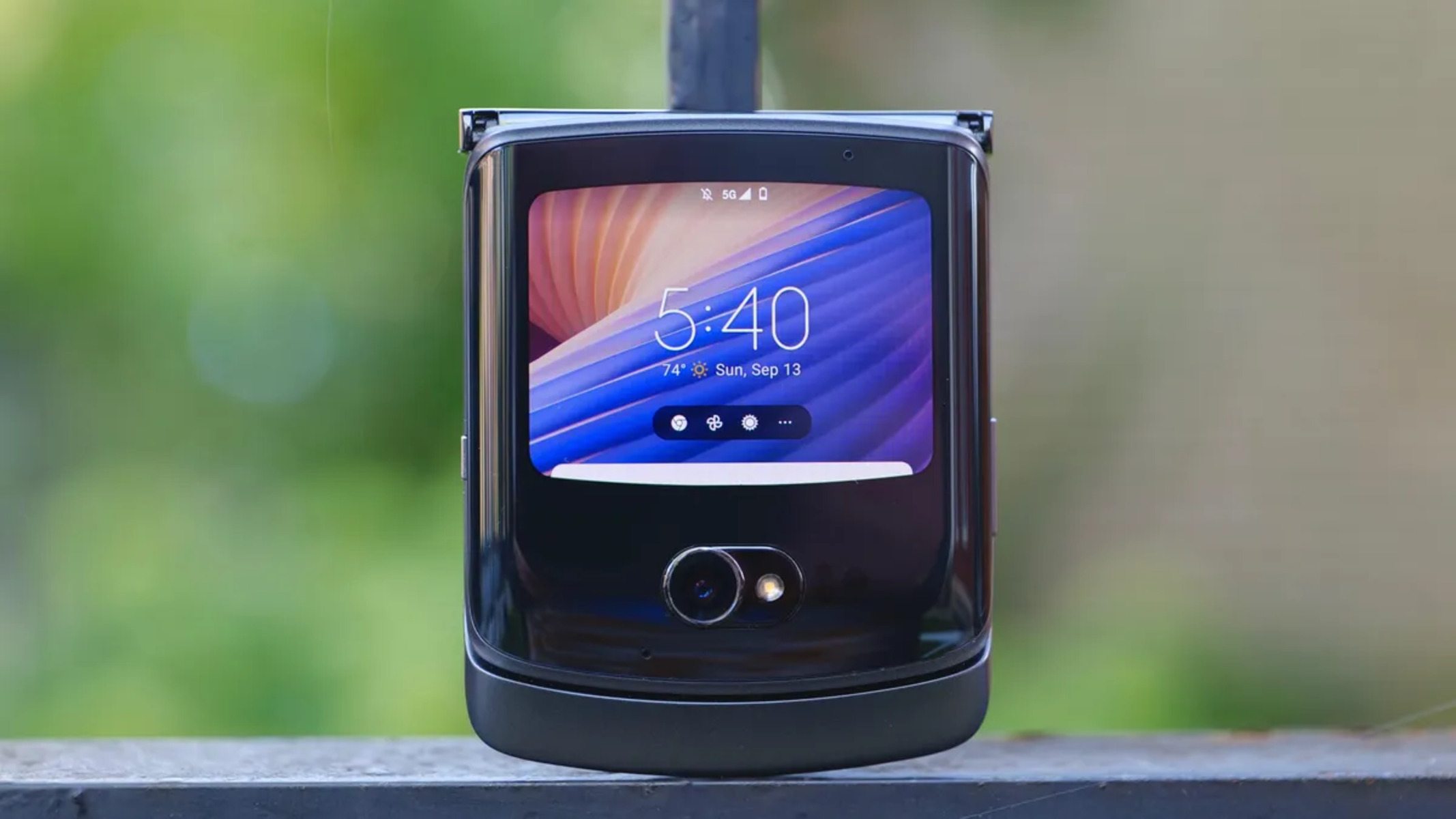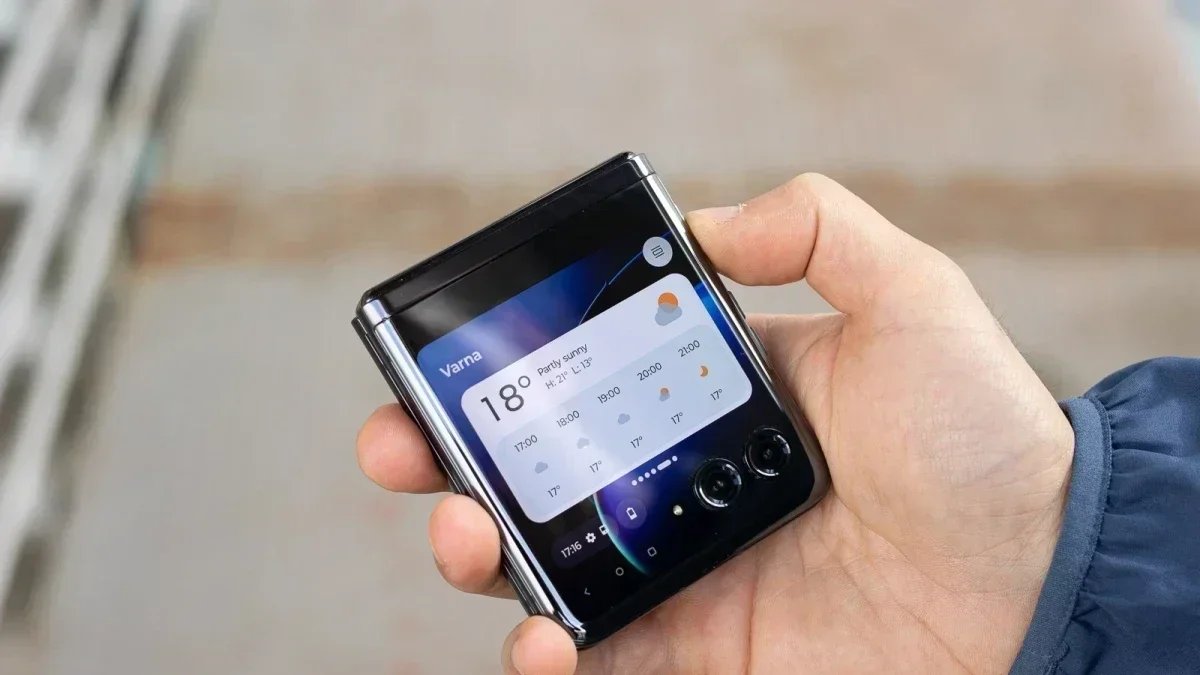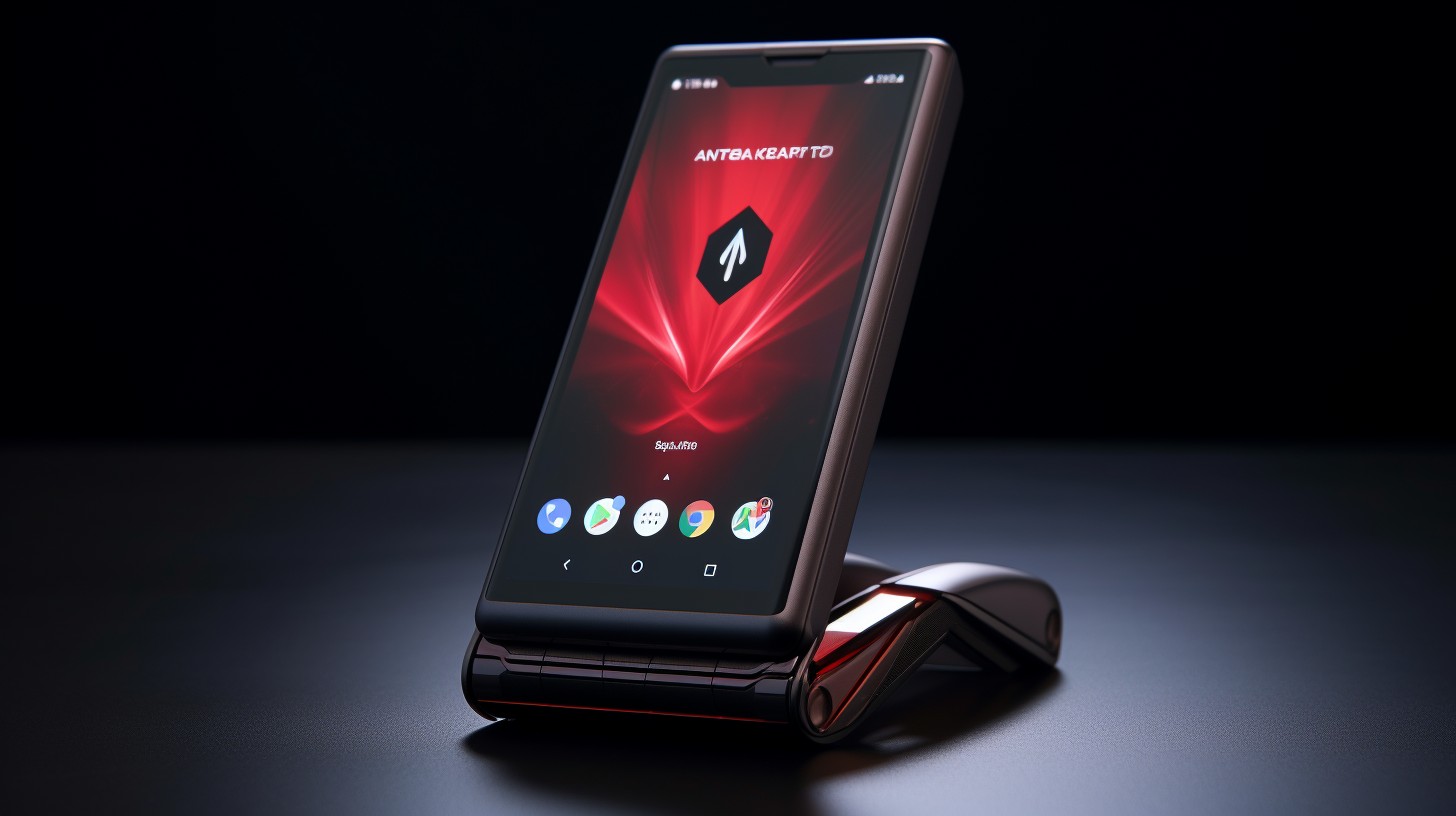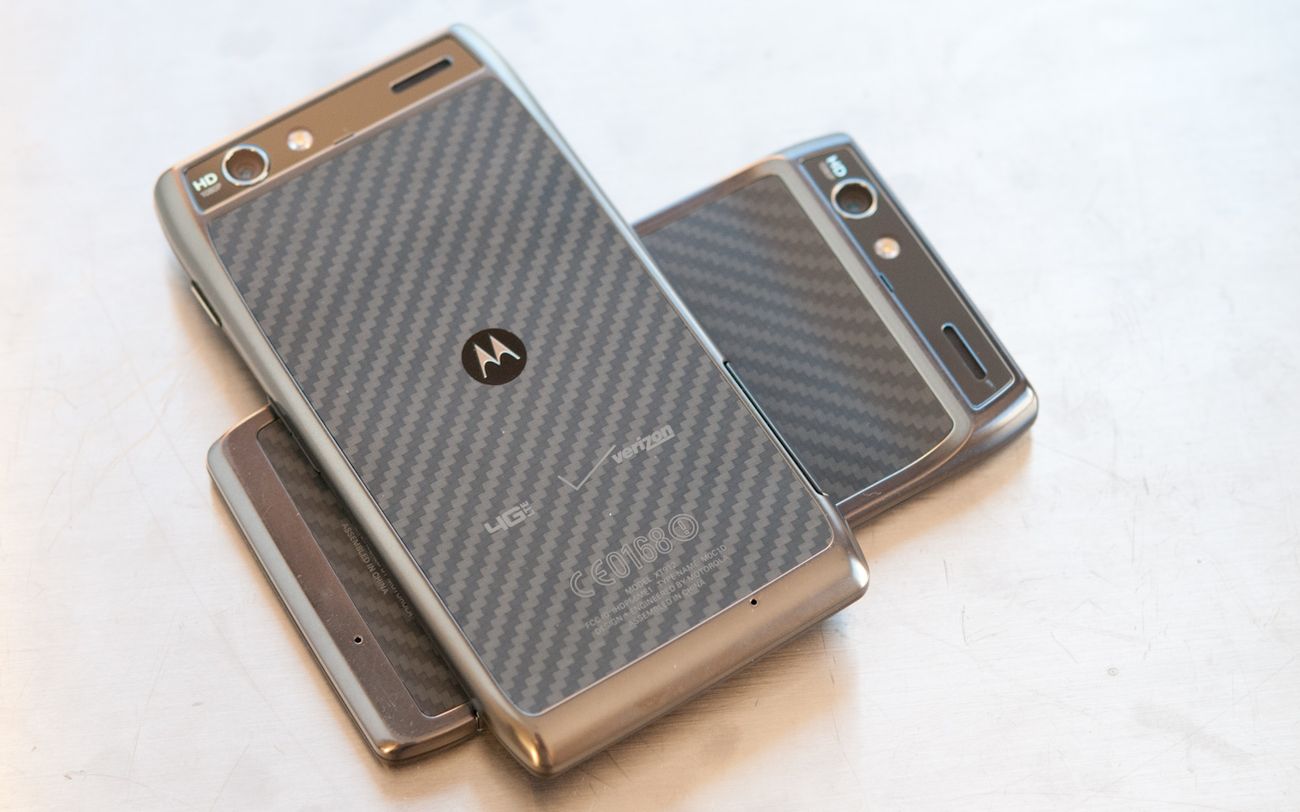Common Charging Issues
Charging issues can be a frustrating experience for Motorola Razr users, hindering the seamless usage of their devices. Understanding the common charging issues can help in troubleshooting and resolving these issues effectively. Here are some of the most prevalent charging issues that users may encounter:
-
Slow Charging: One of the most common issues faced by Motorola Razr users is slow charging. This can be attributed to various factors such as a faulty charger, a damaged cable, or even background apps consuming power while charging.
-
Device Not Charging: At times, users may encounter situations where their Motorola Razr does not charge at all. This can be a result of a faulty charging port, a damaged battery, or software-related issues.
-
Overheating During Charging: Overheating during the charging process can be a cause for concern. It may indicate a problem with the battery, the charger, or the device itself.
-
Intermittent Charging: Some users may experience intermittent charging, where the device charges and then stops abruptly. This could be due to a loose connection, a damaged cable, or debris in the charging port.
-
Battery Draining Rapidly While Charging: Another common issue is the rapid draining of the battery while the device is connected to the charger. This could be a sign of a faulty battery or a software-related issue.
Understanding these common charging issues is the first step towards resolving them effectively. By identifying the specific problem, users can take targeted steps to troubleshoot and rectify the issue, ensuring that their Motorola Razr remains functional and ready for use at all times.
Check the Charger and Cable
When encountering charging issues with your Motorola Razr, the first step is to inspect the charger and cable. These components play a crucial role in the charging process and are often the primary culprits behind charging-related issues.
Charger Inspection
Begin by examining the charger for any visible signs of damage. Check the power adapter for frayed wires, bent prongs, or any other physical damage that may impede its functionality. If the charger appears to be in good condition, proceed to the next step.
Cable Examination
Inspect the charging cable thoroughly. Look for any signs of wear and tear, such as exposed wires or a damaged connector. It's essential to ensure that the cable is free from any physical damage that could hinder its ability to transmit power effectively.
Compatibility Check
Verify that the charger and cable are compatible with your Motorola Razr. Using a non-compatible charger or cable can lead to inefficient charging or, in some cases, may even damage the device. Refer to the device's manual or official guidelines to confirm the compatibility of the charger and cable.
Alternative Charger and Cable
If possible, try using an alternative charger and cable that are known to be in working condition. This can help determine whether the original charger or cable is the source of the charging issue. By substituting with a known working set, you can isolate the problem to the specific components.
Testing in Different Outlets
Test the charger and cable in different power outlets. Sometimes, the issue may not lie with the charger or cable itself but with the power source. By trying different outlets, you can rule out potential issues related to the power source and focus on the charger and cable.
Professional Assistance
If the charger or cable exhibits signs of damage or malfunction, it may be necessary to seek professional assistance. Contact the manufacturer or authorized service provider to obtain a replacement charger or cable that meets the device's specifications.
By meticulously checking the charger and cable for any irregularities and ensuring their compatibility and functionality, users can effectively troubleshoot and address charging issues with their Motorola Razr. This proactive approach can often lead to the swift resolution of charging-related issues, allowing users to enjoy uninterrupted usage of their devices.
Clean the Charging Port
Ensuring that the charging port of your Motorola Razr is free from debris and dirt is essential for maintaining optimal charging performance. Over time, the charging port can accumulate dust, lint, or other foreign particles, leading to connectivity issues and hindering the charging process. Here's a detailed guide on how to effectively clean the charging port of your device:
Gather the Necessary Tools
Before proceeding with the cleaning process, gather the necessary tools, including a soft-bristled brush, a can of compressed air, and a small wooden or plastic toothpick. These tools will aid in delicately removing any debris from the charging port without causing damage to the internal components.
Power Off the Device
To ensure safety and prevent any potential damage, power off your Motorola Razr before initiating the cleaning process. This precautionary step minimizes the risk of electrical mishaps and allows for a thorough cleaning without any active power source.
Inspection of the Charging Port
Using a flashlight or adequate lighting, carefully inspect the charging port of the device. Look for any visible debris, dust, or lint that may have accumulated within the port. It's important to conduct this inspection meticulously to identify any obstructions that may be impeding the charging process.
Gentle Brushing and Air Blowing
Begin by gently brushing the interior of the charging port with a soft-bristled brush. This helps dislodge any loose particles and facilitates their removal. Subsequently, utilize the can of compressed air to blow out any remaining debris from the port. The compressed air effectively dislodges and expels stubborn particles, ensuring a thorough cleaning process.
Precision Cleaning with a Toothpick
For more stubborn debris that may be lodged within the port, use a small wooden or plastic toothpick to carefully dislodge and remove it. Exercise caution and precision to avoid damaging the port's delicate components. The toothpick can be maneuvered gently to dislodge debris without causing harm to the internal connectors.
Reassessment and Testing
After completing the cleaning process, reassess the charging port to ensure that it is free from any remaining debris. Once satisfied with the cleanliness of the port, proceed to test the charging functionality by connecting the charger. Verify that the device recognizes the charger and initiates the charging process without any issues.
By meticulously cleaning the charging port of your Motorola Razr using the aforementioned steps, you can effectively eliminate obstructions and ensure optimal charging performance. This proactive maintenance approach contributes to the longevity of the device's charging port and facilitates seamless charging experiences for users.
Restart the Device
Restarting the device, also known as a soft reset, can often serve as a simple yet effective solution to a myriad of technical issues, including charging-related concerns, experienced by Motorola Razr users. This process involves powering off the device and then turning it back on, allowing for the refreshment of system processes and the potential resolution of underlying software glitches. When confronted with charging issues, initiating a device restart can be a valuable troubleshooting step that may yield positive outcomes.
To perform a device restart on the Motorola Razr, begin by pressing and holding the power button located on the device. A prompt to power off the device will appear on the screen. Select the option to power off, and once the device has completely shut down, press and hold the power button again to turn it back on. Upon rebooting, the device undergoes a fresh start, potentially clearing any temporary system anomalies that may have been affecting the charging functionality.
The act of restarting the device essentially allows for the termination and subsequent reinitialization of various background processes and system components. This can prove beneficial in rectifying transient software issues that could be impeding the charging process. Additionally, a device restart provides an opportunity for the device to recalibrate its power management systems, potentially addressing any irregularities in power distribution and charging initiation.
In the context of charging issues, a device restart can effectively address software-related factors that may be hindering the charging functionality. It serves as a non-intrusive method to troubleshoot and potentially resolve charging issues without delving into more complex technical interventions. By incorporating the practice of restarting the device into the troubleshooting process, users can systematically eliminate software-related variables from the equation, allowing for a more targeted approach to identifying and resolving the root cause of the charging issue.
In essence, restarting the device serves as a fundamental yet powerful troubleshooting technique that can yield positive outcomes in addressing charging issues. Its simplicity and non-invasive nature make it an accessible first step in the troubleshooting process, offering users a straightforward method to potentially resolve charging-related concerns and restore optimal functionality to their Motorola Razr devices.
Update Software
Keeping the software of your Motorola Razr up to date is paramount in ensuring the optimal performance and functionality of the device, including its charging capabilities. Software updates often contain bug fixes, performance enhancements, and optimizations that can directly impact the device's charging behavior. When encountering charging issues, one of the essential troubleshooting steps is to check for and install any available software updates for the device.
To initiate the software update process, navigate to the device's settings menu and select the "System" or "About Phone" option. Within this section, locate and tap on the "System Updates" or "Software Update" option. The device will then proceed to check for any available updates from the manufacturer or carrier. If an update is found, follow the on-screen prompts to download and install the update.
Software updates can address underlying system-level issues that may be affecting the device's charging functionality. These updates often include optimizations to power management algorithms, enhancements to charging protocols, and improvements to overall system stability. By ensuring that the device's software is up to date, users can leverage the latest advancements and fixes that can positively impact the charging performance of their Motorola Razr.
In addition to addressing charging-specific optimizations, software updates can also rectify broader system anomalies that may indirectly impact the charging process. These anomalies could include background processes consuming excessive power, software conflicts affecting charging initiation, or irregularities in battery management. By staying current with software updates, users can benefit from a more refined and stable operating environment, which can contribute to improved charging experiences.
It's important to note that software updates are often released in response to identified issues and user feedback. As such, they represent a proactive approach by the device manufacturer to continually enhance the user experience and address known technical concerns. By actively engaging in the software update process, users can take advantage of these ongoing improvements, ensuring that their Motorola Razr remains equipped with the latest enhancements and optimizations that can positively impact its charging performance.
In essence, updating the software of the Motorola Razr is a fundamental step in troubleshooting charging issues. It represents a proactive and accessible method to leverage the latest advancements and fixes provided by the device manufacturer, ultimately contributing to a more reliable and efficient charging experience for users.
Reset the Device
Performing a device reset, also known as a factory reset, can serve as a comprehensive solution to persistent technical issues, including challenging charging-related concerns experienced by Motorola Razr users. This process involves restoring the device to its original factory settings, effectively erasing all user data, installed apps, and customized settings. While a reset represents a drastic measure, it can be instrumental in addressing complex software anomalies and restoring the device to a stable and functional state.
To initiate a device reset on the Motorola Razr, it is imperative to back up any essential data, such as contacts, photos, and documents, to prevent permanent loss. Once the backup is complete, proceed to the device's settings menu and navigate to the "System" or "About Phone" section. Within this menu, locate and select the "Reset" or "Factory Reset" option. The device will prompt for confirmation before proceeding with the reset process.
It is important to note that a factory reset will erase all user data and settings, returning the device to its original state as when it was first purchased. This includes the removal of installed apps, personal preferences, and any customizations made to the device. As such, it is crucial to exercise caution and ensure that all essential data is securely backed up before proceeding with the reset.
The act of resetting the device effectively clears out any persistent software issues that may be affecting the charging functionality. It serves as a comprehensive method to address complex software glitches, erratic system behavior, and persistent app-related conflicts that could be hindering the charging process. By restoring the device to its factory settings, users can effectively eliminate underlying software anomalies and create a clean slate for the device's operation.
Following the completion of the reset process, users can gradually restore their backed-up data and selectively reinstall essential apps. This allows for a fresh start, free from the burden of lingering software issues that may have been impacting the device's charging performance. Additionally, a factory reset can provide a stable foundation for subsequent software updates and optimizations, ensuring that the device remains primed for reliable and efficient charging experiences.
In essence, performing a device reset represents a proactive and comprehensive approach to troubleshooting persistent charging issues. While it entails the removal of user data and personalized settings, it offers a powerful method to address complex software-related concerns and restore the device to a functional state, ultimately contributing to a more reliable and consistent charging experience for Motorola Razr users.







